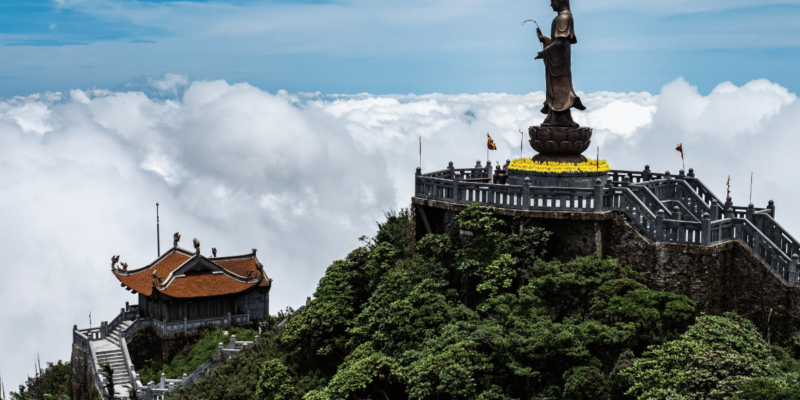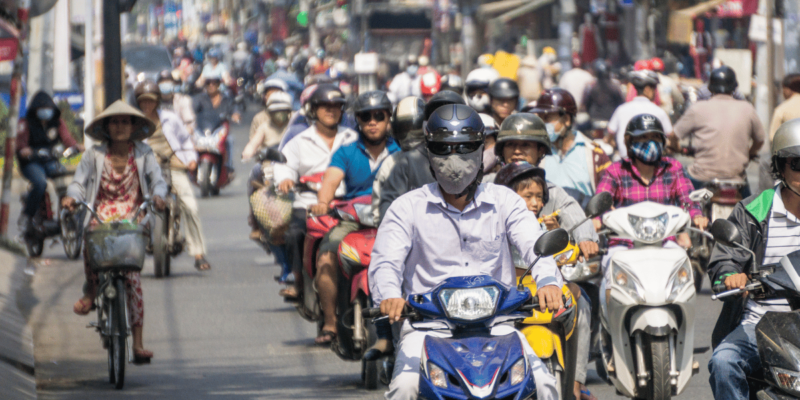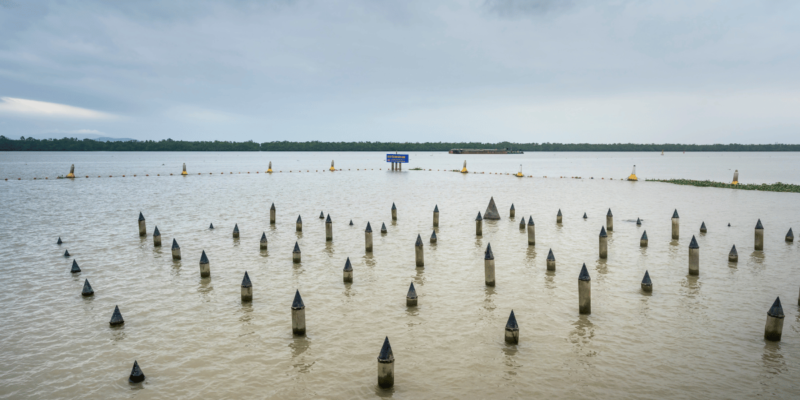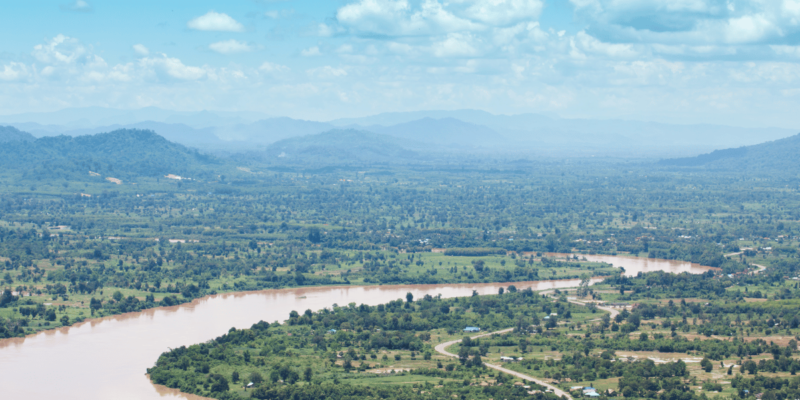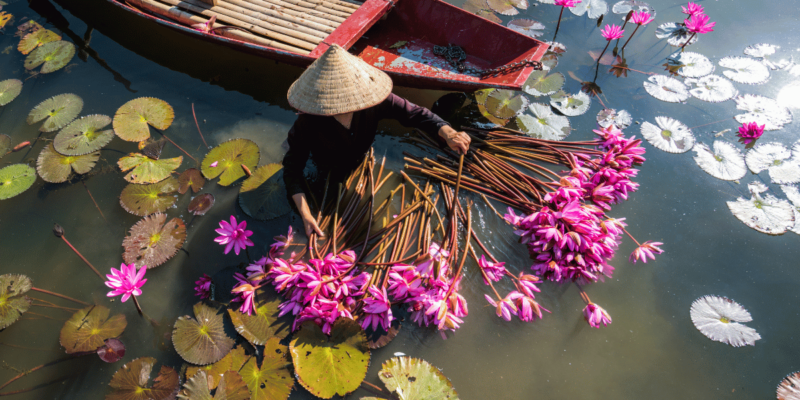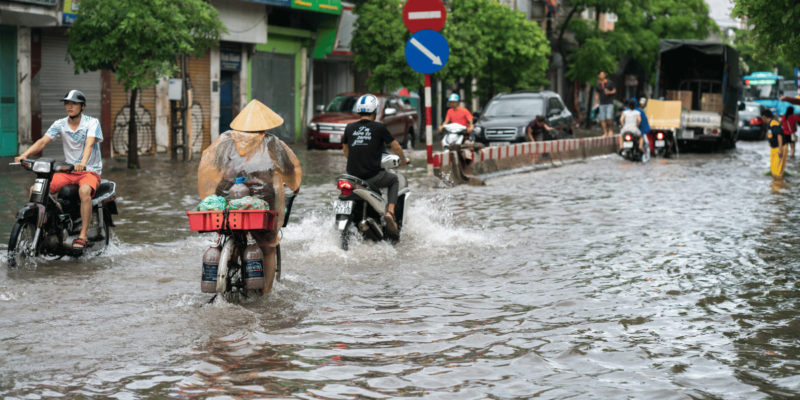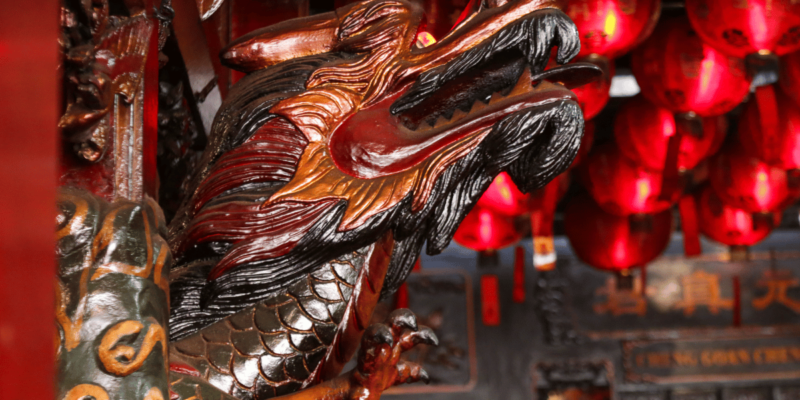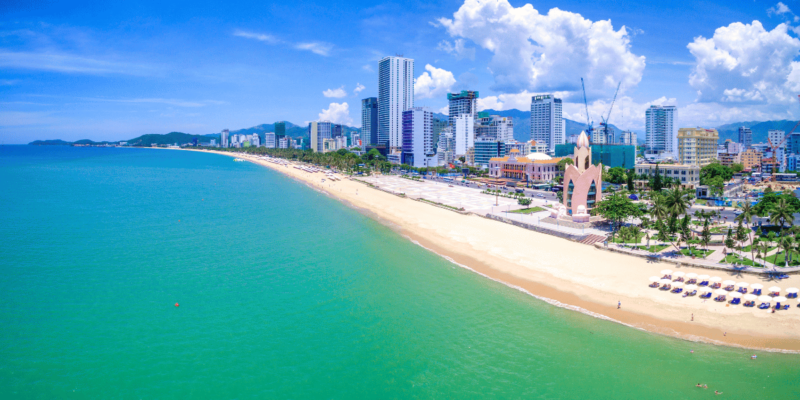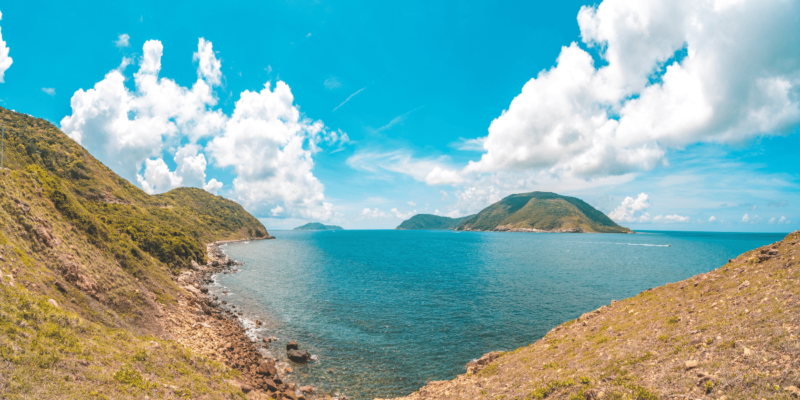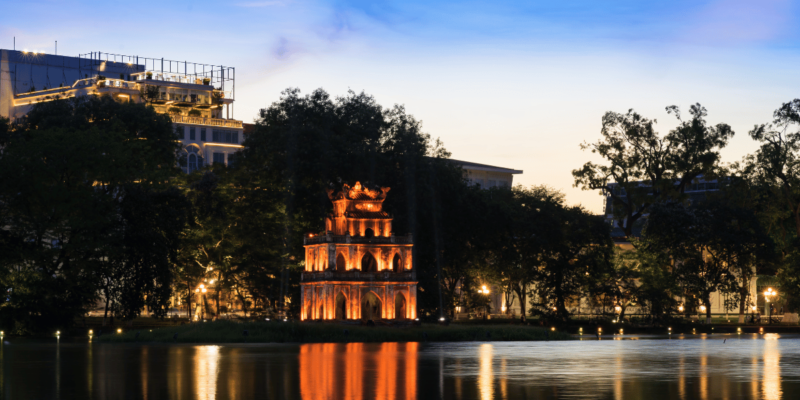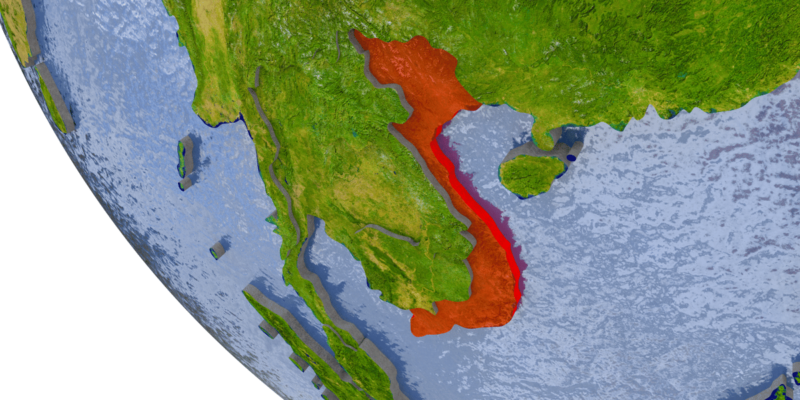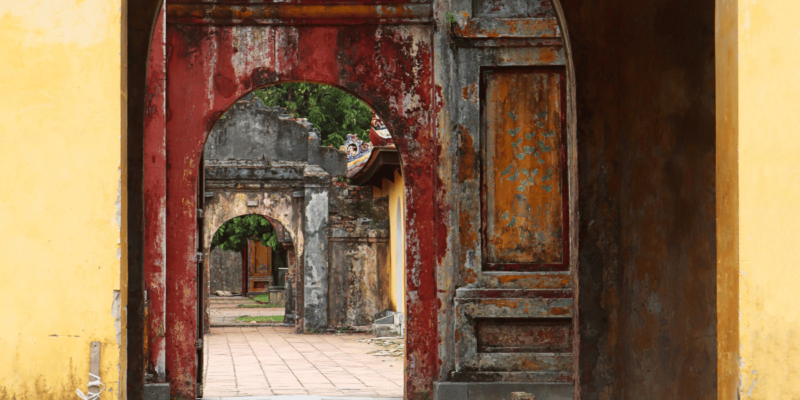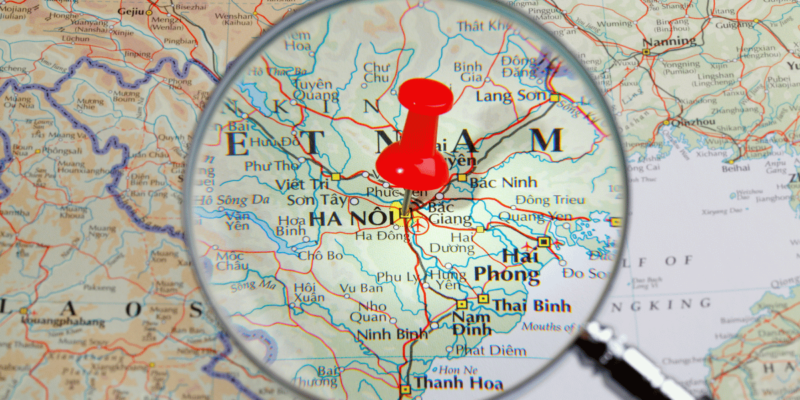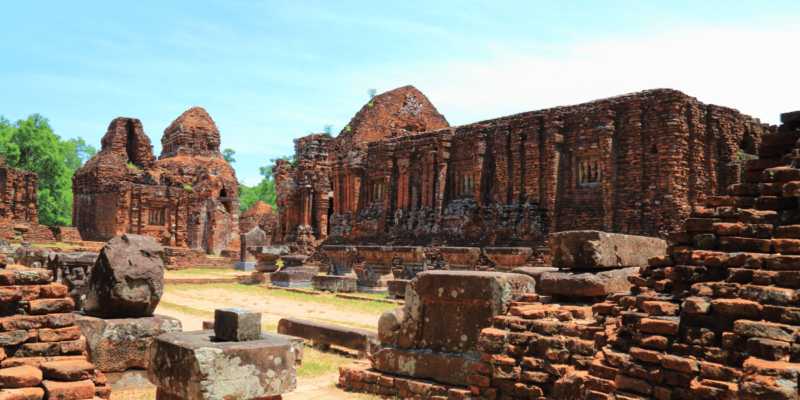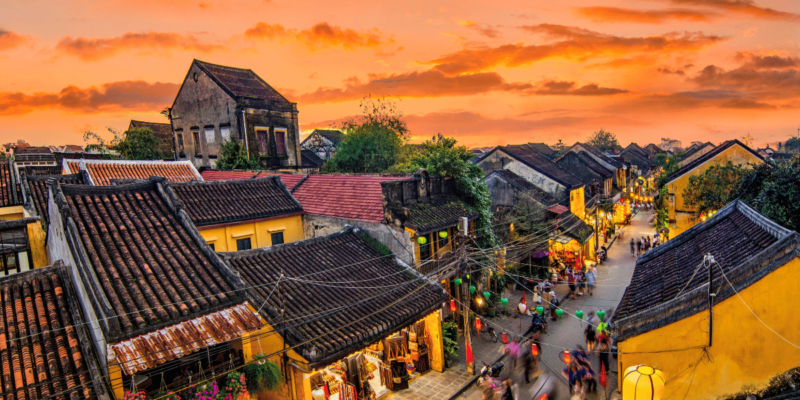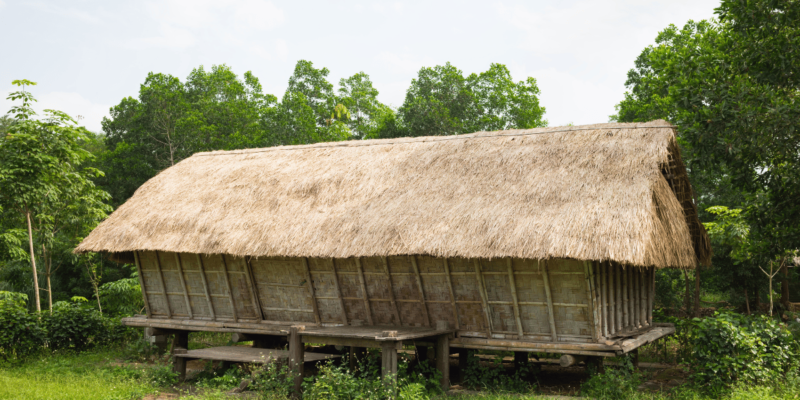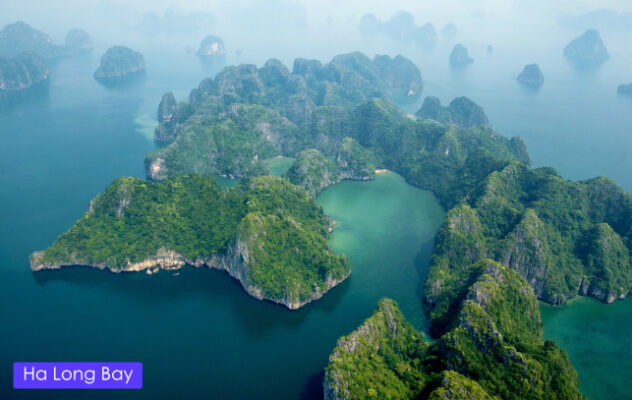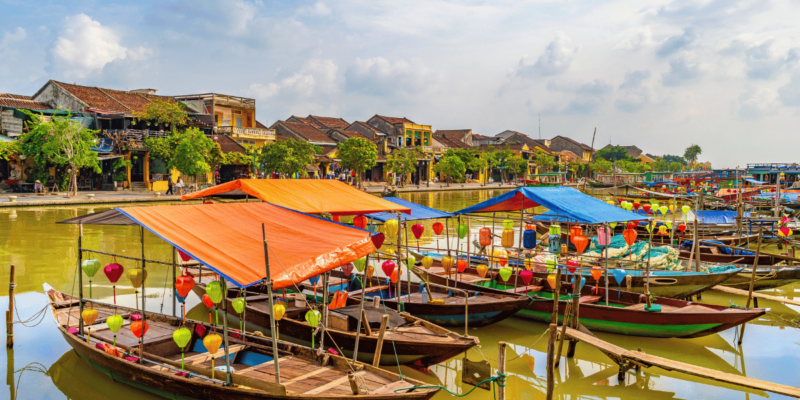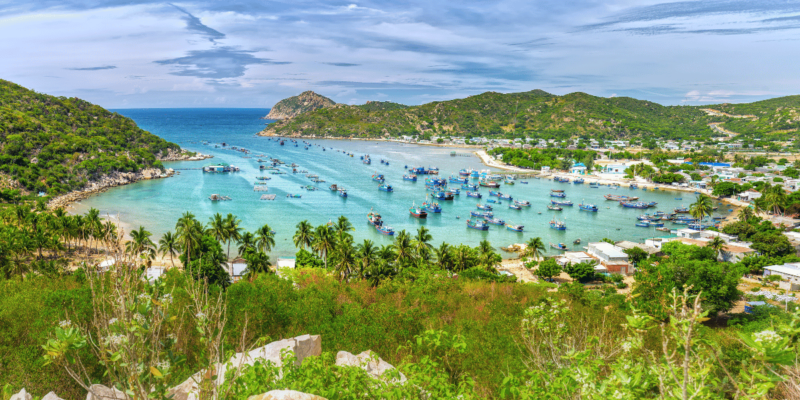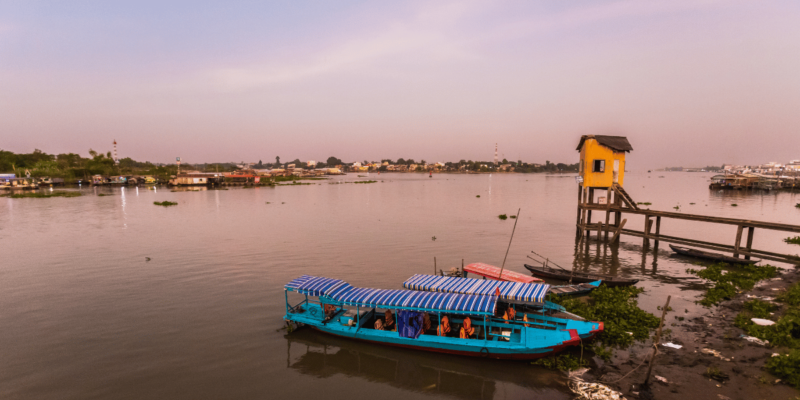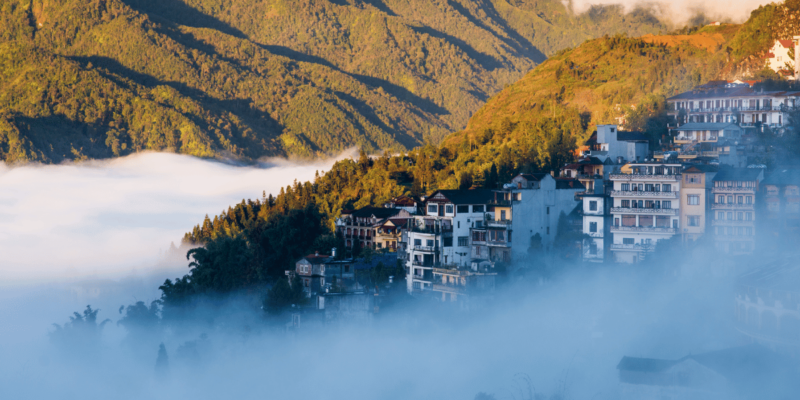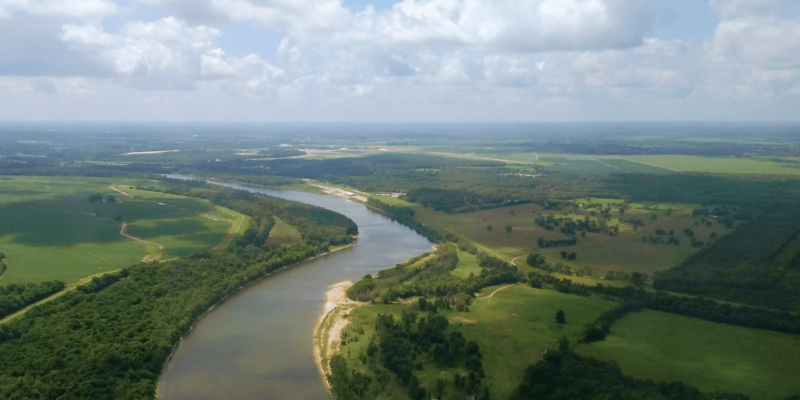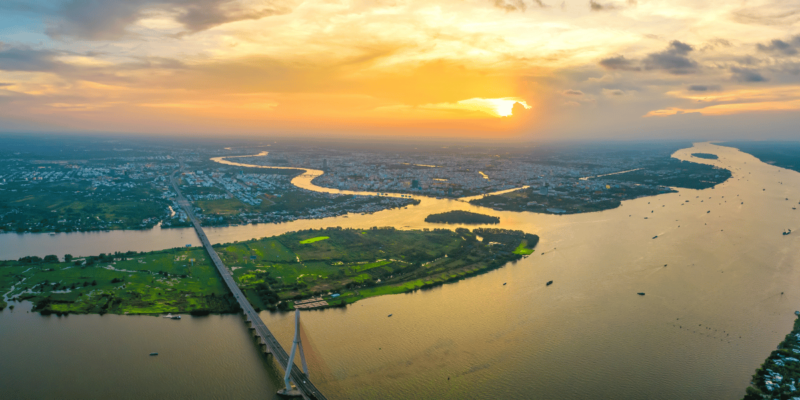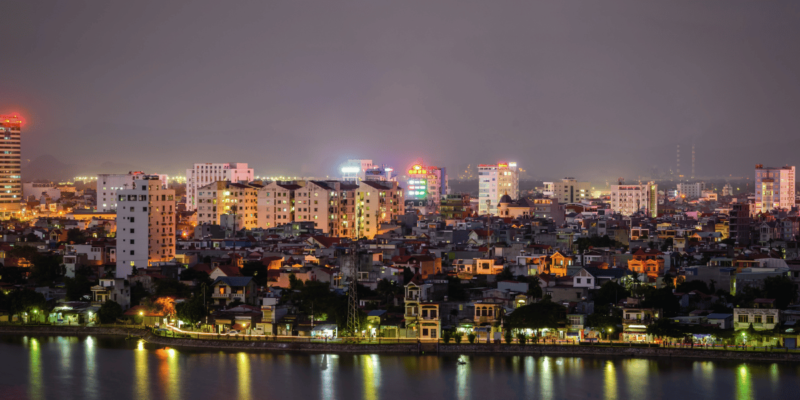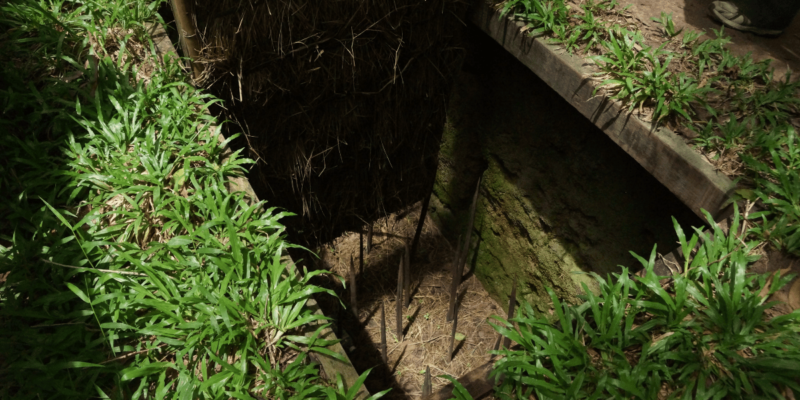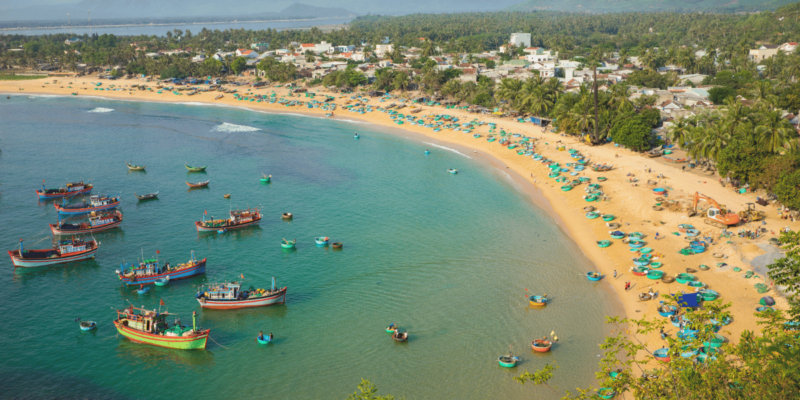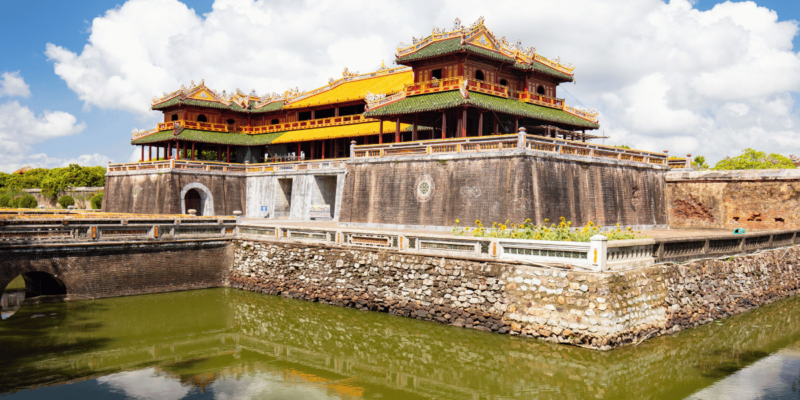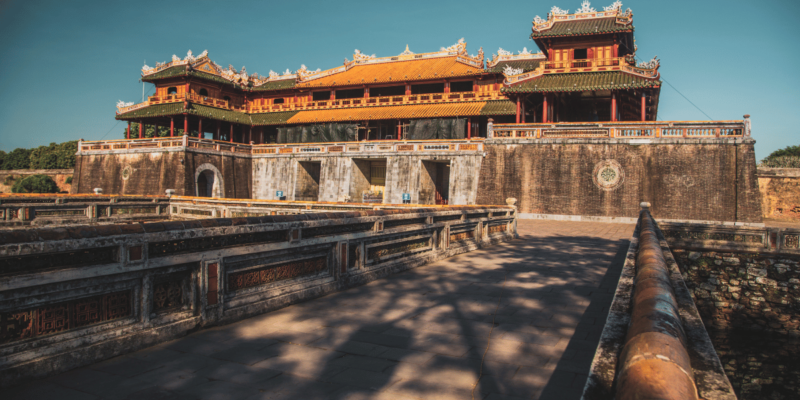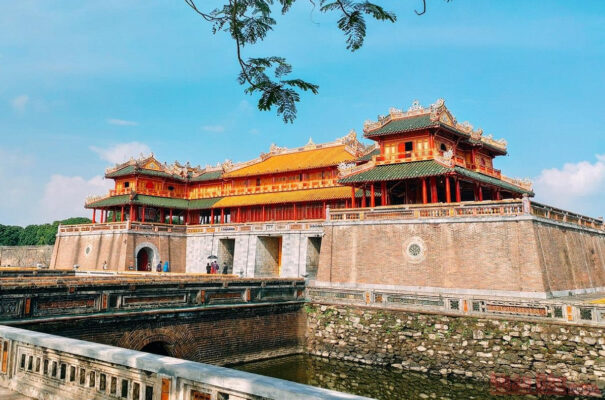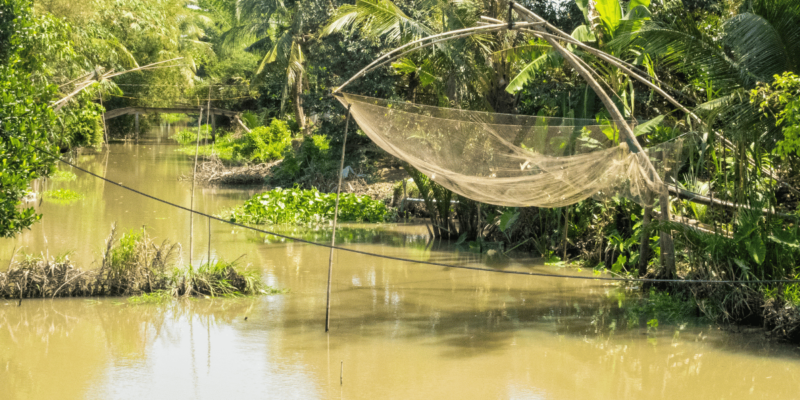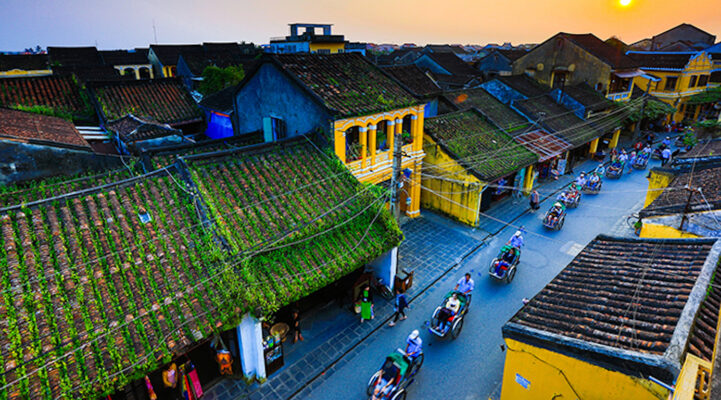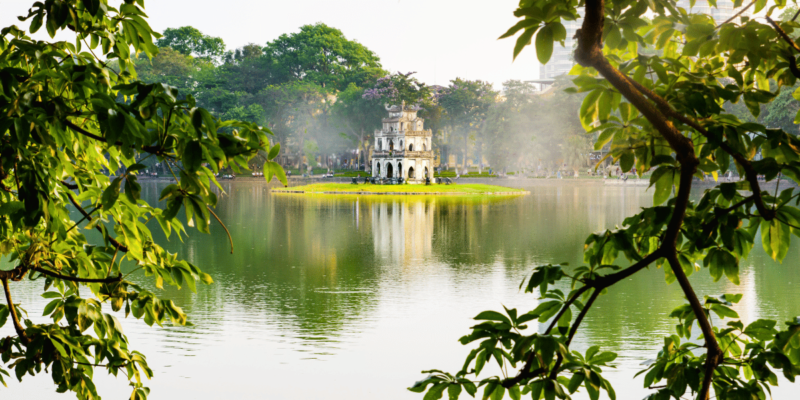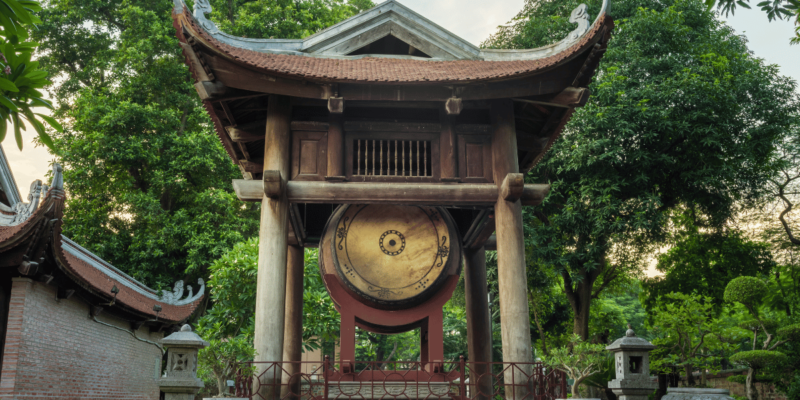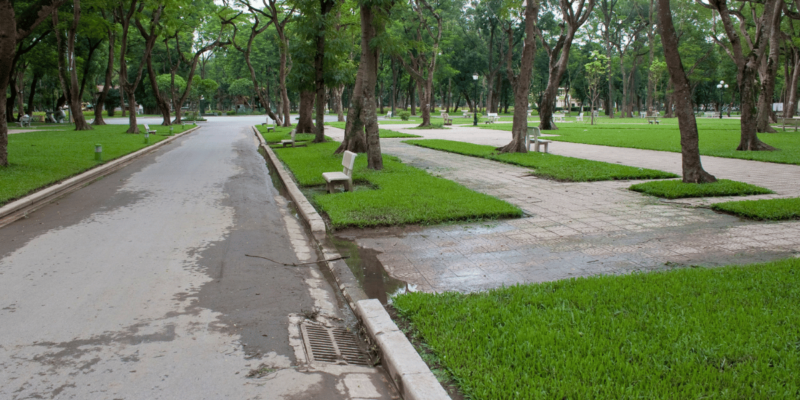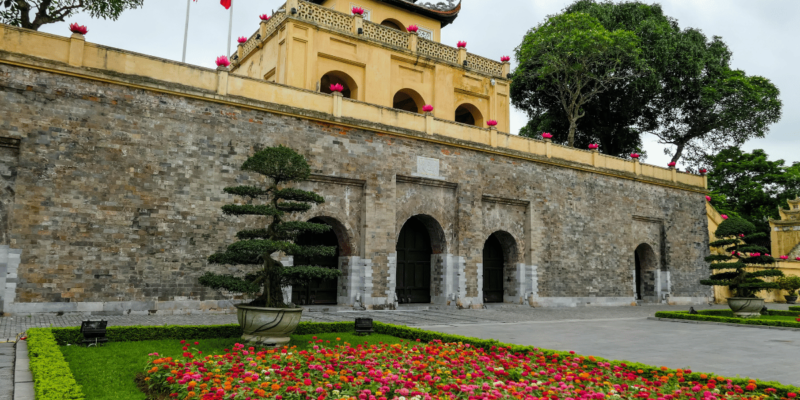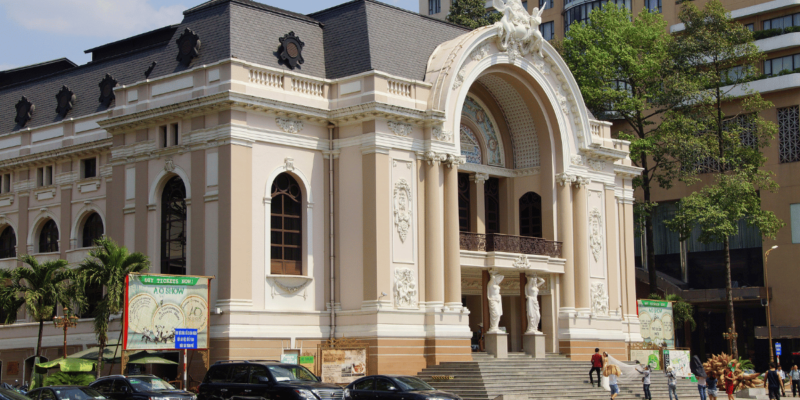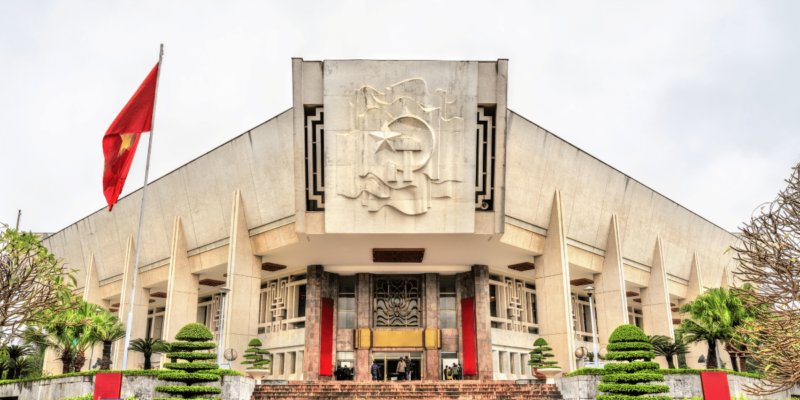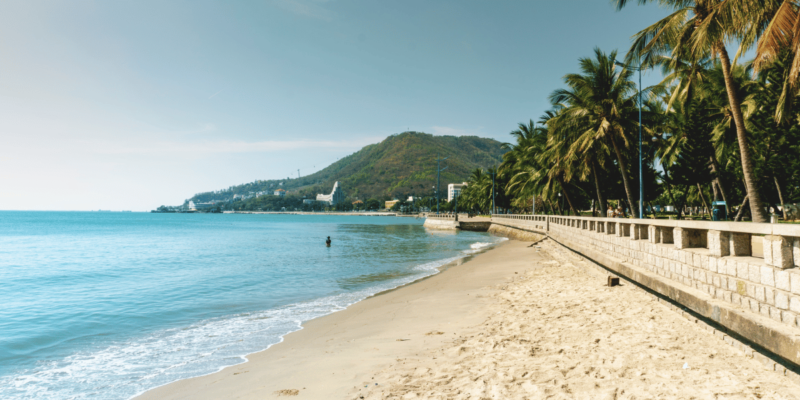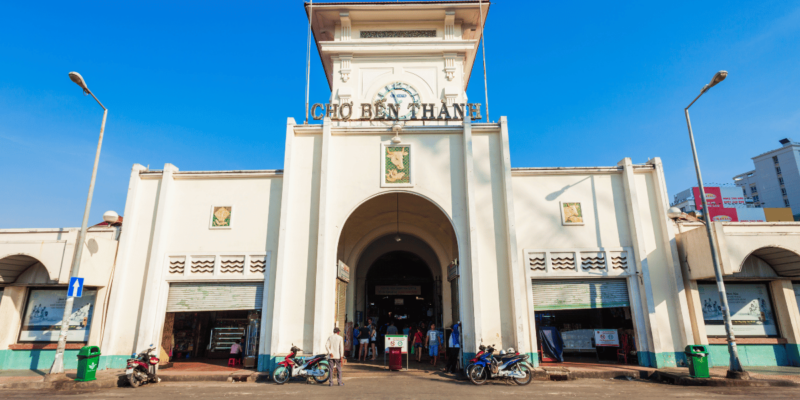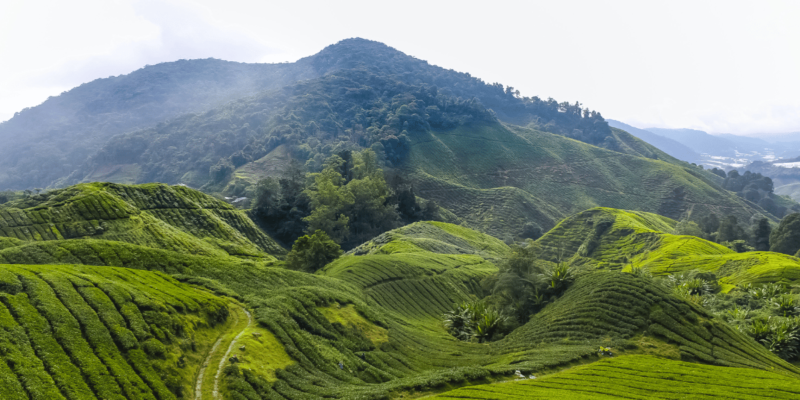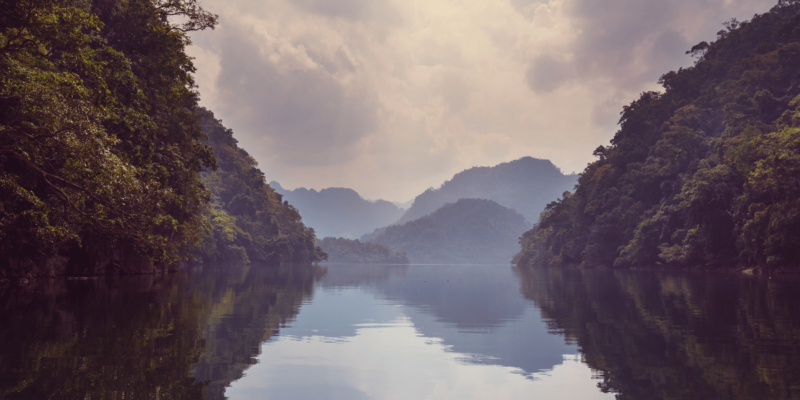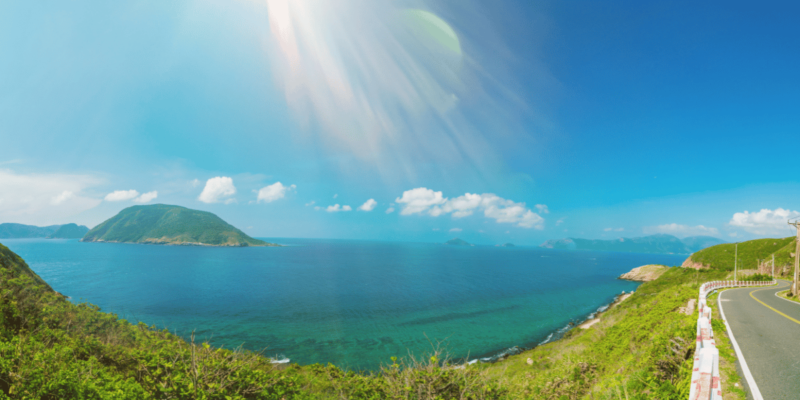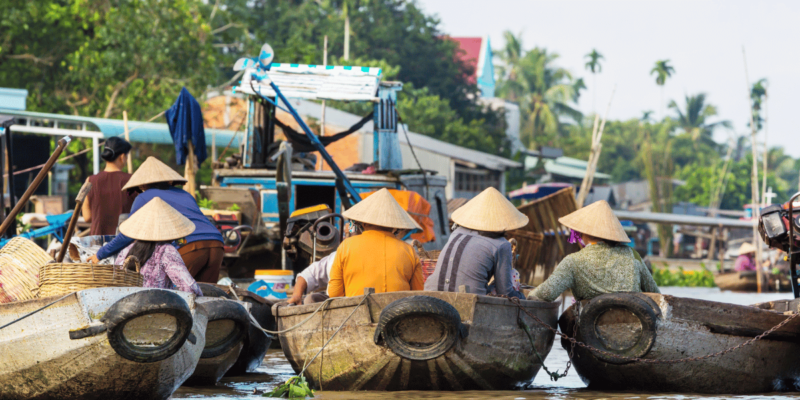Expanding Conservation Efforts: Vietnam’s National Parks
Introduction to National Parks in Vietnam
Vietnam’s commitment to preserving its natural heritage is evident in the establishment and maintenance of numerous national parks across the country. These parks are not only sanctuaries for diverse wildlife and greenery but also serve as vital areas for research, conservation, and education about Vietnam’s rich ecological tapestry.
Diverse Landscapes and Management
From the lush, lowland tropical forests of Cuc Phuong in the north to the expansive dry forests of Yok Don in the Central Highlands, Vietnam’s national parks cover an array of ecosystems. Each park, managed from Hanoi but with local oversight by provincial authorities, offers unique natural environments and species, making them crucial for biodiversity conservation.
Highlight on Key National Parks
- Cuc Phuong National Park (Ninh Binh Province):
- Established: 1962, during the war, making it Vietnam’s first national park.
- Area: 22,000 hectares of dense forest.
- Features: Extensive flora including primeval forests, numerous primates and bird species, and butterflies in spring. Significant attractions include homestays, the Endangered Primate Rescue Centre, and Neolithic cave remains.
- Conservation Efforts: Focus on rescuing and rehabilitating endangered primates like Delacourt’s Langur and the Cat Ba Langur.
- Yok Don National Park (Dak Lak Province):
- Location: Near Buon Ma Thuot, extends to the Cambodia border.
- Biodiversity: Features a dry forest ecosystem with rare and endemic species. Home to 17 ethnic groups, including the M’nong people who are known for their traditional elephant domestication.
- Access and Facilities: Improved accessibility due to new roads; limited accommodation available.
- Tram Chim National Park (Dong Thap Province):
- Area: 7,600 hectares of wetlands in the Mekong Delta.
- Wildlife: Over 200 species of birds, including the rare Red-headed Cranes. The park plays a crucial role in the conservation of these migratory birds.
- Visitor Experience: Offers bird-watching opportunities with accommodation nearby for extended visits.
- Bach Ma National Park (Thua Thien Hue Province):
- Historical Context: Established around a former French hill station; later used as a U.S. stronghold during the war.
- Flora and Fauna: Over a thousand identified plant species and numerous bird species, including the recently discovered Sao La.
- Visitor Facilities: Well-managed with accommodation, nature trails, waterfalls, pools, and stunning vistas. Suitable for visiting from February to September to avoid the rainy season.
Visiting the Parks
For those interested in eco-tourism, Vietnam’s national parks offer a plethora of activities ranging from simple nature walks to more involved research and conservation projects. Haivenu provides detailed information and arranges tours that respect and enhance the natural values of these areas, encouraging visitors to participate in conservation efforts.
Role of National Parks in Conservation
The national parks of Vietnam are more than just tourist destinations; they are active frontiers in the fight against biodiversity loss. Through sustainable practices and educational programs, these parks play a critical role in the global effort to preserve our planet’s biodiversity. Their continued development and the introduction of new conservation projects are essential for maintaining the ecological balance and protecting the rare species that call these parks home.
By visiting these parks, tourists not only enrich their understanding of Vietnam’s ecological and cultural richness but also contribute to the vital conservation efforts necessary to preserve these treasures for future generations.




